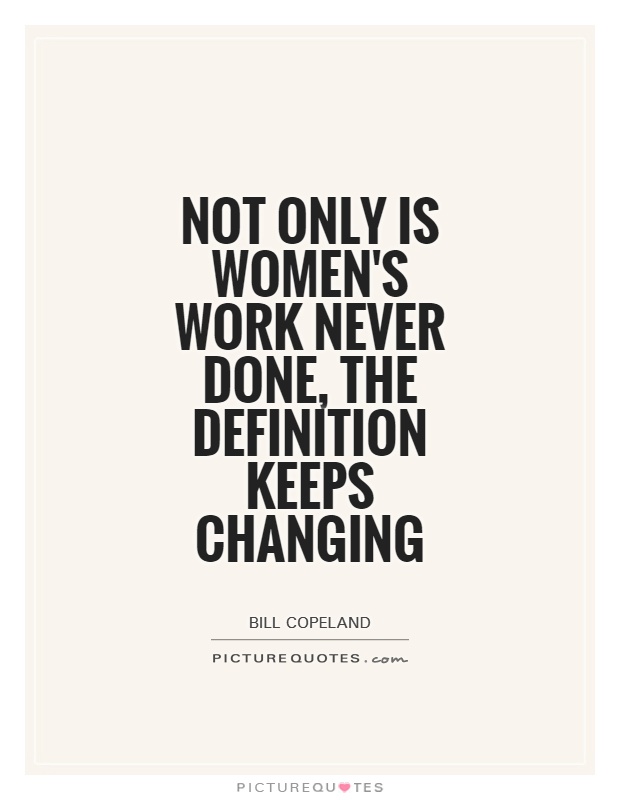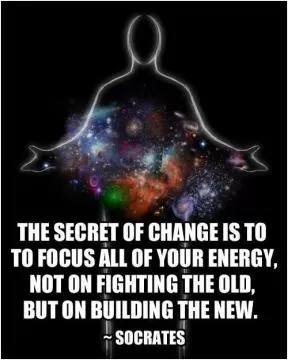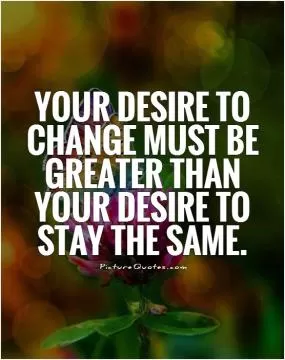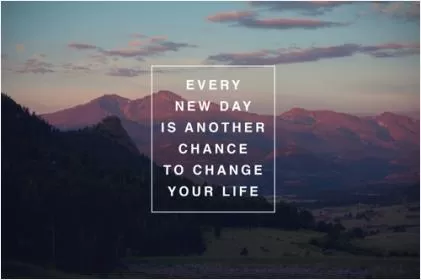Not only is women's work never done, the definition keeps changing

Not only is women's work never done, the definition keeps changing
Bill Copeland once said, "Not only is women's work never done, the definition keeps changing." This statement holds true in today's society, where the roles and expectations of women in the workforce and at home continue to evolve. Women have made significant strides in the workforce over the past few decades, breaking barriers and shattering glass ceilings in traditionally male-dominated industries. However, despite these advancements, women still face unique challenges and obstacles in balancing their professional and personal lives.The phrase "women's work is never done" has been used for centuries to describe the never-ending responsibilities and tasks that women are expected to juggle on a daily basis. From managing household chores and childcare to excelling in their careers, women are often expected to do it all. This constant pressure to be perfect in every aspect of their lives can take a toll on women's mental and physical well-being.
Furthermore, the definition of women's work has continued to change over time. In the past, women were primarily expected to be homemakers and caretakers, with their roles limited to the domestic sphere. However, as more women entered the workforce and pursued higher education, the traditional gender roles began to shift. Today, women are CEOs, doctors, lawyers, engineers, and politicians, challenging societal norms and redefining what it means to be a successful woman in the modern world.
Despite these advancements, women still face gender discrimination and inequality in the workplace. The gender pay gap, lack of representation in leadership positions, and limited access to affordable childcare are just a few of the barriers that women continue to face in their professional lives. Additionally, the expectation for women to "have it all" and excel in both their careers and personal lives can be overwhelming and unrealistic.












 Friendship Quotes
Friendship Quotes Love Quotes
Love Quotes Life Quotes
Life Quotes Funny Quotes
Funny Quotes Motivational Quotes
Motivational Quotes Inspirational Quotes
Inspirational Quotes